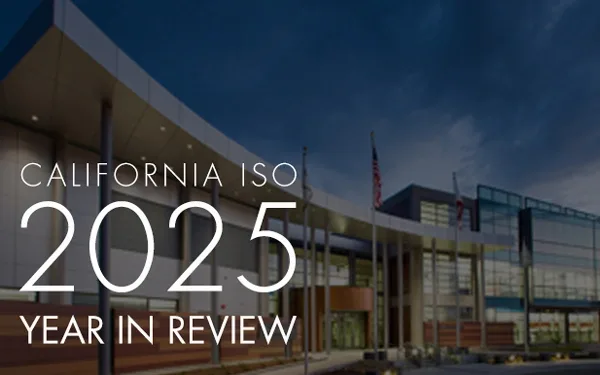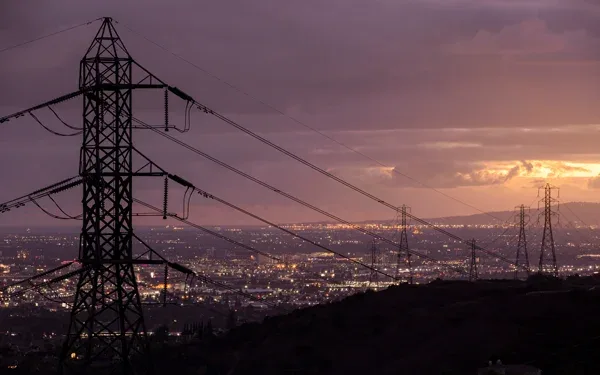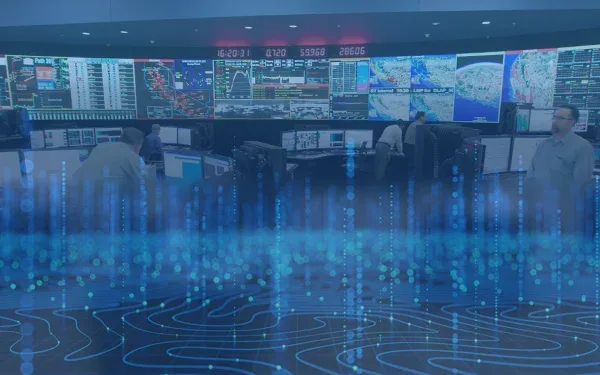Interconnection queue reforms going to ISO Board
Much of the impetus for the ISO’s initiative to improve its interconnection queue process can be found in the numbers, which show 2,273 generator projects processed until now, with 1,931 projects fully studied or studied to the point of project withdrawal.
Over the past decade, as another indicator of the steady flow of such requests, the ISO received an annual average of 113 interconnection proposals. But last year, as the state accelerated the pace of procurement authorized for renewable and storage resources, the annual window for new project applications more than tripled to 373 projects.
The flood of interconnection applications from energy providers wanting to connect to the grid has required the ISO to consider process reforms to keep pace and improve efficiency.
Because of the complexity of the issues, the Interconnection Process Enhancements (IPE) initiative launched in 2021 has been sequenced to first meet immediate needs for interconnection requests already in the study process – the 373 Cluster 14 interconnection requests that arrived in April 2021 - and then focus on more expansive enhancements for future interconnection request application cycles.
The ISO has been clustering interconnection requests for review and analysis since 2008, which is why the latest batch under review are called Cluster 14. The near-term, enhancements in Phase 1 of the initiative were approved by the ISO’s Board of Governors in May and the ISO received an order from the Federal Energy Regulatory Commission (FERC) in August that accepted all tariff revisions.
Phase 2 of the initiative, scheduled to be presented to the ISO Board of Governors at its October meeting, has focused on resolving longer-term modifications and broader reforms to align interconnection processes with procurement activities, with some additional issues that have arisen:
- Provide increased data transparency so that generation developers are better informed on where to seek to interconnect new projects
- Provide further clarity on the requirements for projects seeking to receive an allocation of transmission plan deliverability, which represents that the transmission grid is capable of delivering the generator’s capacity to the system under peak load conditions
- Provide greater transparency over early Generator Interconnection Agreement (GIA) termination procedures to allow the ISO to be more aggressive in terminating GIAs when the project is not meeting the milestones in its agreement.
Also, several topics originally addressed in the 2021 IPE initiative have been moved to other more appropriate forums, including:
- Coordination among the transmission planning process—and policy-driven transmission in particular—the interconnection process, and the procurement processes of load- serving entities. The ISO has concluded that this topic is more appropriately considered in the context of our transmission planning process, where policy-driven transmission needs are coordinated with state input.
- Consideration of a solicitation model for key location and constraints not addressed in portfolio development, where commercial interest is the primary driver. The ISO concluded that this topic is more appropriately considered in a separate stakeholder process associated with the ISO Transmission planning process enhancements initiative.
FERC has also been looking at ways to improve interconnection processes for the transmission operators it regulates, issuing a Notice of Proposed Rulemaking (NOPR) in June, after the ISO posted its straw proposal for Phase 2 of the interconnection enhancements.
A topic the ISO was working on with stakeholders related to one of the FERC rulemaking topics concerning revisions to the study deposit, commercial readiness requirements, and withdrawal penalties. Because FERC raised new proposals for comment within those issues late in the ISO initiative process, it became difficult to move forward with the discussion in the IPE initiative, so that topic was withdrawn from the IPE. It will now be dealt with in the ISO’s response to the anticipated FERC order on the issue.

“The IPE is a crucial initiative for us to keep pace with the amount of additional capacity that will need to be integrated into the grid in the coming years and decades,” said Neil Millar, the ISO’s vice president for Infrastructure and Operations Planning. “We have been very pleased that we have had generally strong stakeholder support so far for the direction we hope to move in.”


